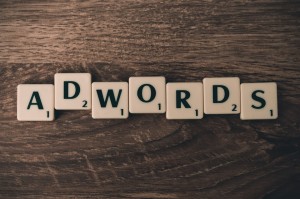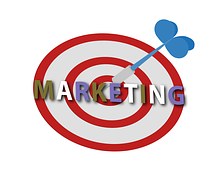Efficient Pay-per Click Techniques Make a World of Difference for Your Business’s Bottom Line
Pay-per-click (PPC) marketing is an advertising model used to direct traffic to websites, in which an advertiser pays the publisher – typically, the website owner or host – each time one of its ads are clicked on by a potential consumer, surfing the web.
Search engines such as Google and Bing allow businesses to buy listings in their search results. When someone searches on a keyword that is related to a business’s offerings, its ad will show up on as a sponsored link or banner ad on a results page, along with the natural, non-paid search results.
There are two types of PPC advertising – flat rate PPC and bid-based PPC. In the flat-rate model, the advertiser and publisher agree upon a fixed amount that will be paid for each click. In bid-based PPC, ad placement is sold at auction. Each advertiser informs the host of the maximum amount that it is willing to pay for a given ad spot based on a keyword. The highest bid has the best chance to appear first in the rankings.
Whether utilizing a flat-rate, or bid-based model, PPC’s effectiveness as a source of profit assumes that the costs of all the clicks will be substantially less than the overall gain from sales made as a result of the portion of clickers who eventually convert and buy. When PPC is not working correctly it can hurt a business’s bottom line – the cost for ads are greater than the income for sales that close.
Effective and profitable PPC campaigns rely on a broad set of carefully thought-out and well-implemented components: researching and selecting the right keywords; organizing them into ad groups; creating ad text and landing pages that are optimized for conversions; and knowing how to target the correct audience, how to test ads, and how to use the tools and analytics that measure, and can thus help refine, results. Search engines reward advertisers who can create relevant, intelligently targeted pay-per-click campaigns by charging them less for ad clicks.
Google AdWords is the largest and most popular PPC advertising system, simply because Google gets the most traffic. Every time a search is initiated, Google digs into the pool of AdWords advertisers and chooses a set of winners to appear in the valuable ad space on its search results page. The winners are chosen based on a combination of factors, including the quality and relevance of their keywords and ad campaigns, their click-through rate, the quality of the page to which and ad points, and, in the bid-based model, the size of their keyword bids.
So, in order to become and stay a Google AdWords winner, a business must do the essential work of creating and maintaining its PPC campaigns. Effective techniques include:
• Crafting relevant keyword lists, tight keyword groups, and proper ad text.
• Creating optimized landing pages with persuasive, relevant content and a clear call-to–action, tailored to specific search queries.
• Consistently reviewing the effectiveness of ads by testing them and then optimizing them as necessary.
• Tracking conversions and sales in order to measure return on investment.
• Avoiding keyword bidding wars that end up costing more than an ad’s potential return.
Pay per click is now a basic Internet marketing tool and very few businesses can afford to ignore it. But like any other marketing campaign, a PPC campaign must lift the bottom line, not drag it down.
 1-844-47-Click (1-844-472-5425)
1-844-47-Click (1-844-472-5425)



